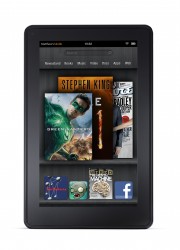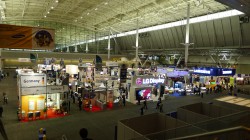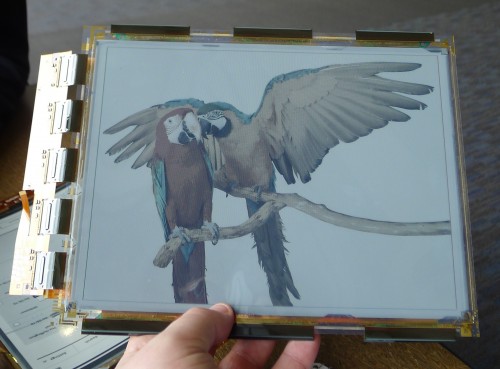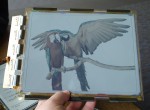![vizflex_e-ink[1]](https://the-digital-reader.com/wp-content/uploads/2012/05/vizflex_e-ink1-250x151.jpg)
eReaders like the Kindle, Nook, and others have gotten all the press attention when it comes to screen tech, and those screens are made by E-ink. This can make it a little hard to remember that when you call a screen an E-ink screen, you’re actually referring to the material it is made from, not who made it.
For example, all of the screens below are E-ink screens – even though they were manufactured by many different companies.
There’s also the Wexler FlexOne I posted about yesterday, which has a screen made by LG Display. It too is an E-ink screen because part of the screen was originally made by E-ink. And a few days ago I posted about my meeting with Plastic Logic, including several photos of their screens. Those screens, even though they’re made by PlasticLogic and are commonly referred to as such, are also E-ink screens.

As strange as it might seem, all these screens are made using the same basic material. The main detail that sets them apart is that they are cut and then mounted on different backplanes.
I think the best way to illustrate the difference comes from a post from last October. E-ink had sent me a few photos showing what their screen material looks like right when it comes off the assembly line. It’s not the 6″, 9″, or 11.5″ rectangles you might be expecting; no, the first step in making the E-ink screen involves forming a plastic sheet 3′ wide by hundreds of feet long.
That 300 ft screen is what gets cut up into all the funny little shapes you see above. It is also cut up and used for the screen on the Kindle, FlexOne, and for Plastic Logic’s screen.
So really, the most interesting detail about the screen isn’t the screen itself; it’s what people do with it after they buy it from E-ink. LG Display and PlasticLogic can each do something different with this same basic material by mounting it on different backplanes.
It’s a pity you cannot see them because the backplane is where all the real innovation happens.





![7a0b5a57c1741d71_NookColor_Touch.preview[1]](https://the-digital-reader.com/wp-content/uploads/2012/03/7a0b5a57c1741d71_NookColor_Touch.preview1-250x199.jpg)
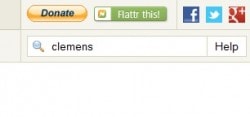
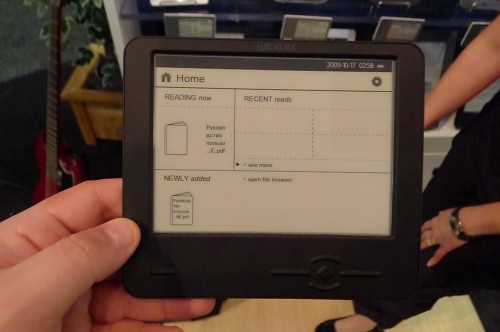
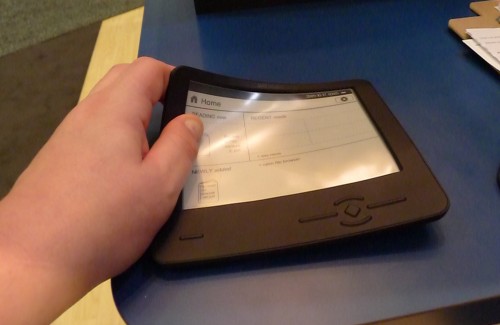


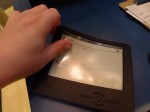
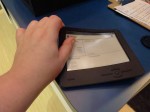
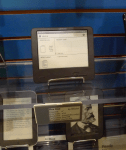
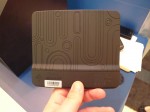

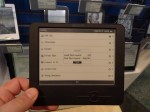
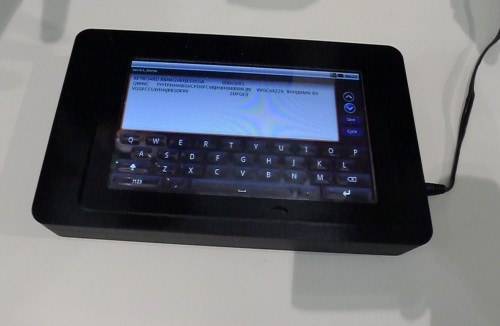

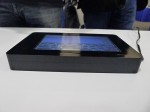
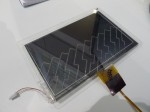
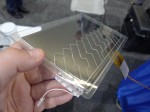
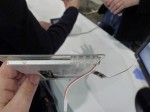

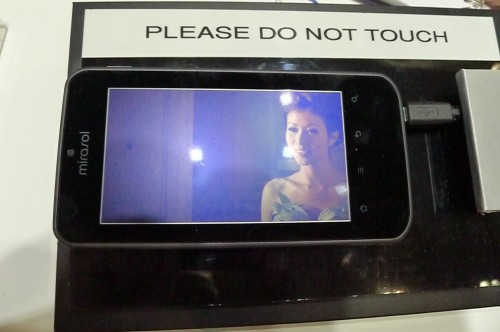










![RS-screen-grab1-403x370[1]](https://the-digital-reader.com/wp-content/uploads/2012/06/RS-screen-grab1-403x3701-250x229.jpg)
